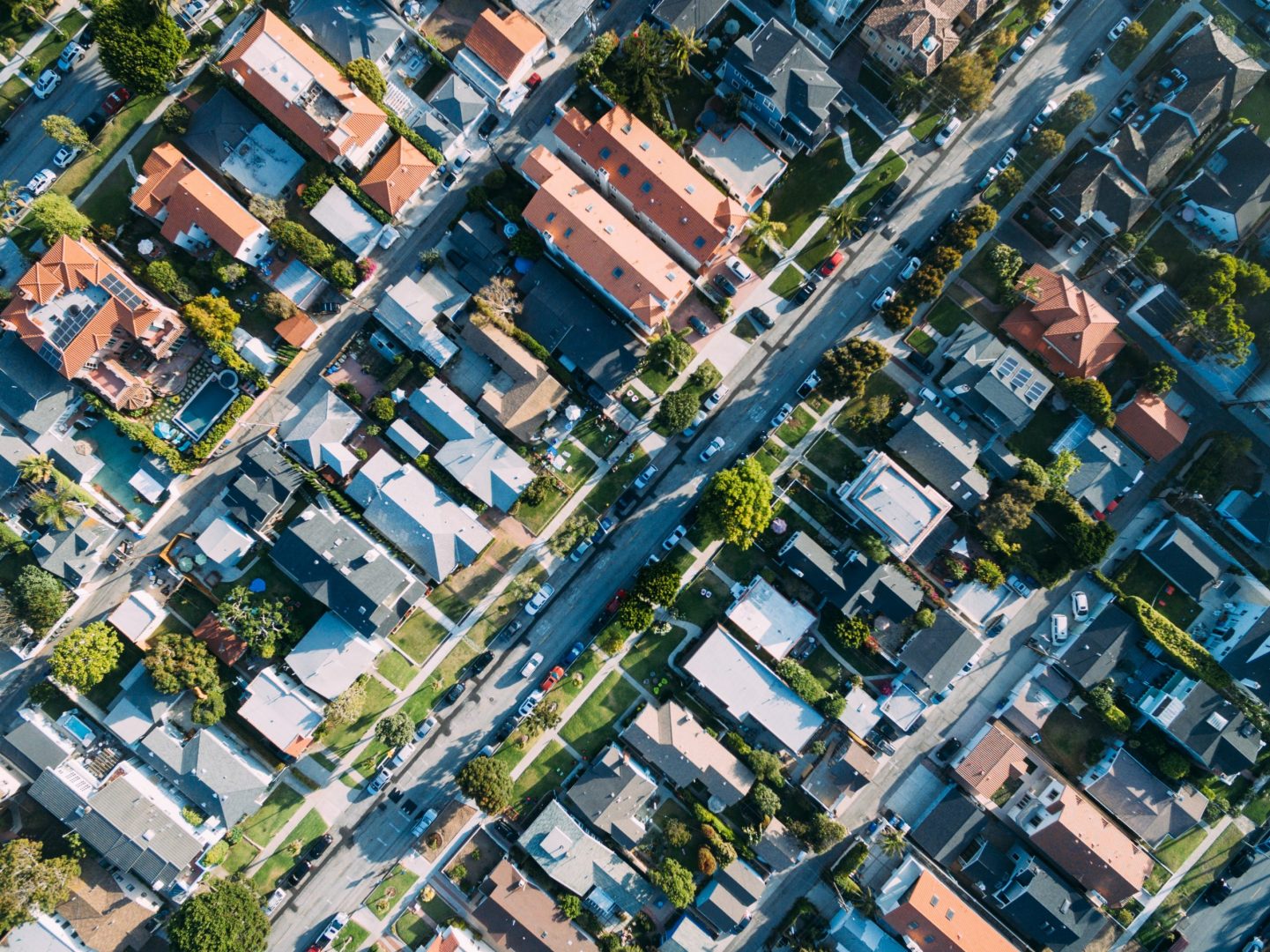The Government will progress to the next stage of the NZ Battery Project, looking at the viability of pumped hydro as well as an alternative, multi-technology approach as part of the Government’s long term-plan to build a resilient, affordable, secure and decarbonised energy system in New Zealand, Minister of Energy and Resources Megan Woods says.
The NZ Battery Project was established in late 2020 to find innovative solutions to the ‘dry year problem’, when hydro-electricity lakes run low, leading to the burning of more fossil fuels to cover the electricity shortfall, and often higher power bills.
“Until we address the dry year problem, we will continue to rely on burning expensive and polluting fossil fuels to produce our electricity. That’s bad for the climate and our power bills,” says Megan Woods.
“Pumped hydro is an ingenious way of storing energy in a big reservoir, which is released into a lower reservoir when more power is needed, like a giant battery. A dry year solution would be a huge step towards our mission to move towards more renewable energy generation and power more of New Zealand in New Zealand.
“The Government has also agreed to continue looking at alternatives to the scheme including a combination of comparator technologies and scoping a possible smaller pumped hydro scheme in the central North Island, subject to agreement with iwi,” Megan Woods said.
Biomass, flexible geothermal energy, and hydrogen have been identified as the possible alternatives to pumped hydro, as they have the most potential collectively to store enough energy to help solve the dy year problem.
Phase 1 investigations show a pumped hydro scheme at Lake Onslow would take approximately seven to nine years to build, with an estimated building cost of $15.7 billion.
“We have a choice to take a short term view and continue to pay for the increasing costs related to climate change or to be bold and take a long term view, for the good of the country.
Credit: sunlive.co.nz





















































-660x440.jpg)